Safe & secure Siren wallet
Take control of your Siren assets with complete confidence in the Trezor ecosystem.
- Secured by your hardware wallet
- Use with compatible hot wallets
- Trusted by over 2 million customers
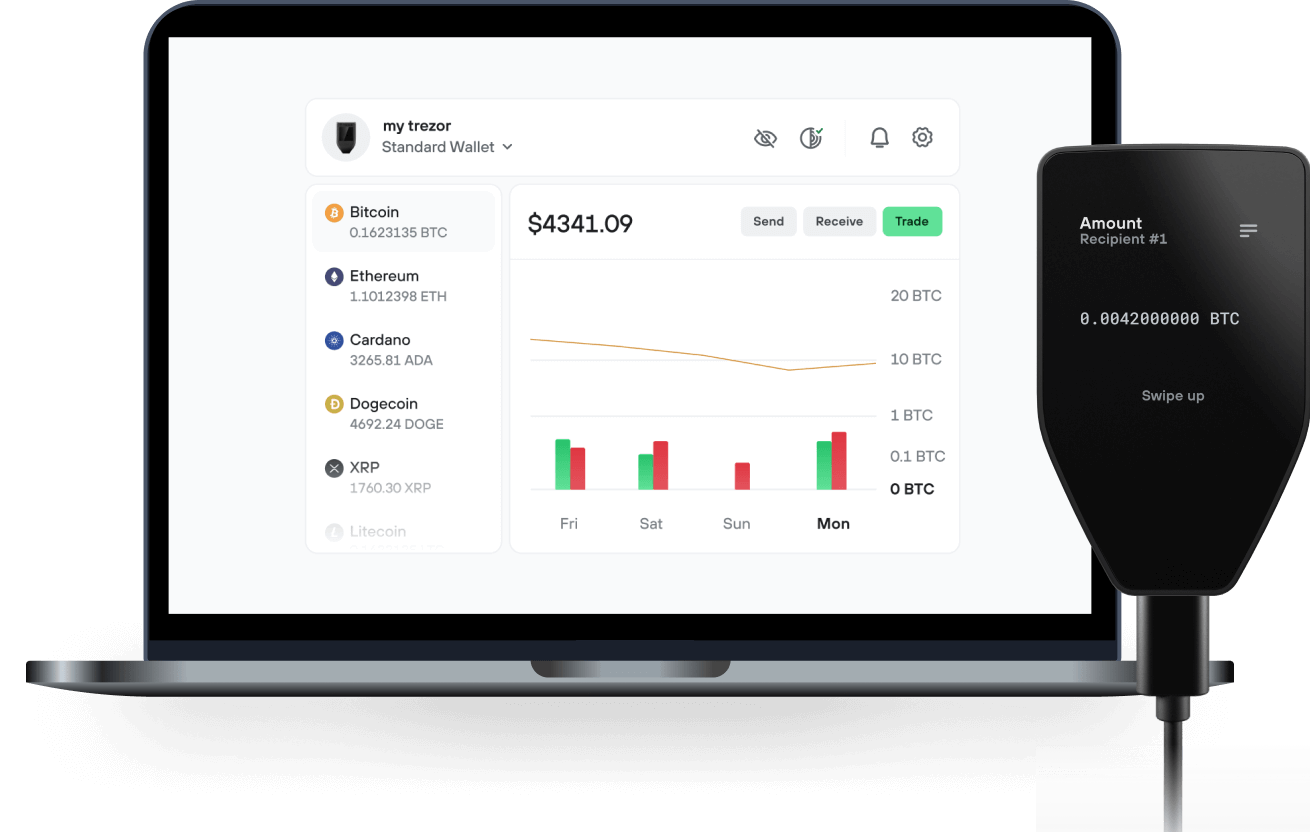
Send & receive your Siren with the Trezor Suite app

Send & receive

Swap
Trezor hardware wallets that support Siren
Sync your Trezor with wallet apps
Manage your Siren with your Trezor hardware wallet synced with several wallet apps.
Trezor Suite
MetaMask
Rabby
Supported Siren Network
- Ethereum
Why a hardware wallet?
Go offline with Trezor
- You own 100% of your coins
- Your wallet is 100% safe offline
- Your data is 100% anonymous
- Your coins aren’t tied to any company
Online exchanges
- If an exchange fails, you lose your coins
- Exchanges are targets for hackers
- Your personal data may be exposed
- You don’t truly own your coins
How to SI on Trezor
Connect your Trezor
Install Trezor Suite
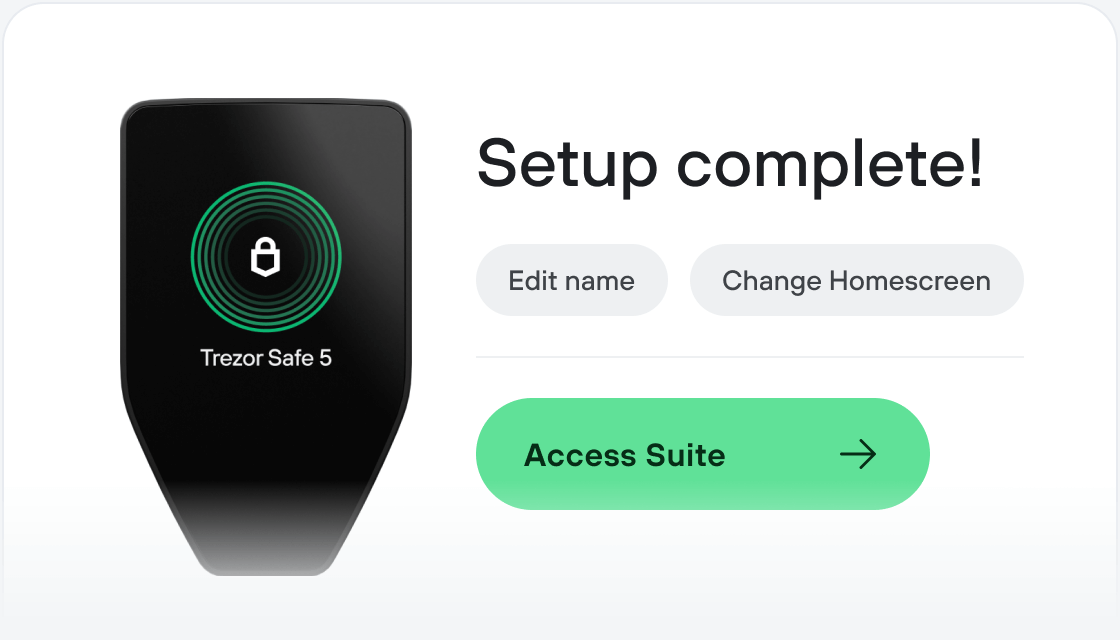
Transfer your SI
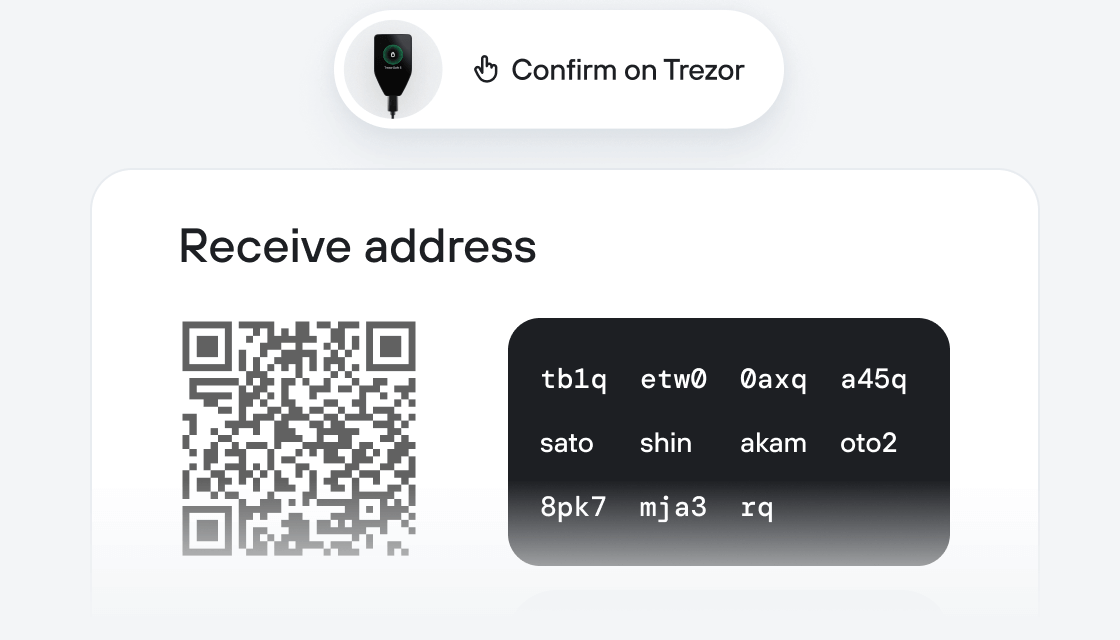
Make the most of your SI
Trezor keeps your SI secure
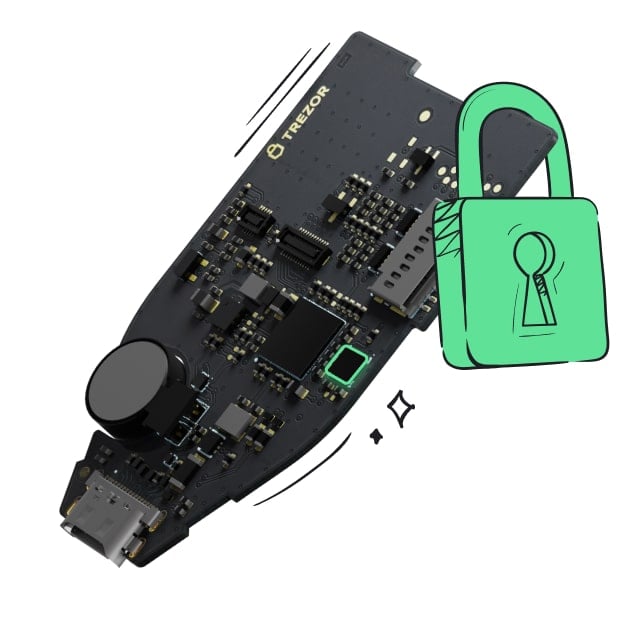 Protected by Secure Element
Protected by Secure ElementThe best defense against both online and offline threats
 Your tokens, your control
Your tokens, your controlAbsolute control of every transaction with on-device confirmation
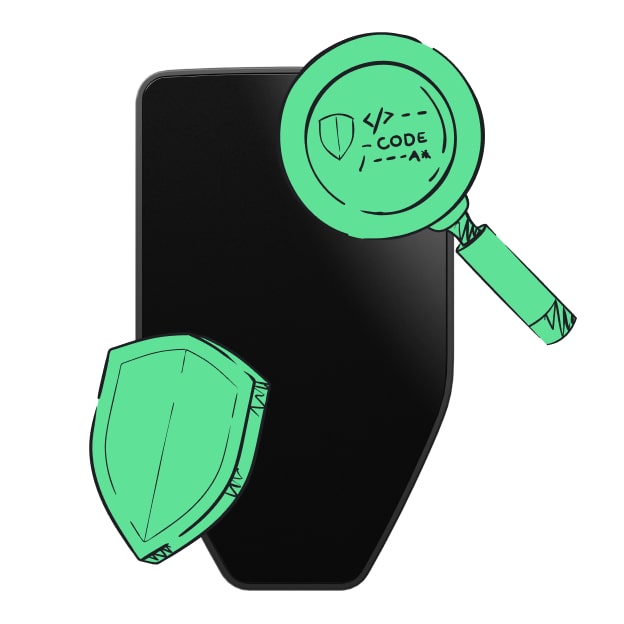 Security starts with open-source
Security starts with open-sourceTransparent wallet design makes your Trezor better and safer
 Clear & simple wallet backup
Clear & simple wallet backupRecover access to your digital assets with a new backup standard
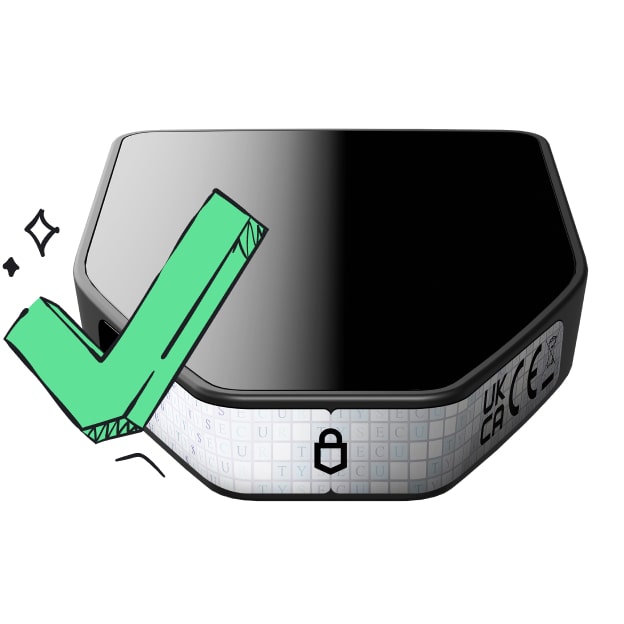 Confidence from day one
Confidence from day onePackaging & device security seals protect your Trezor’s integrity
SIREN is a distributed protocol for creating, trading, and redeeming fully-collateralized options contracts for any ERC-20 token on Ethereum.
About SIREN Options are a financial primitive from which one can build many different more complex financial instruments. At their core, options give a trader the choice to buy or sell an asset at a predetermined price at a known time in the future. This is useful for protecting one's self (also known as hedging) against possible price changes in the asset, as well as speculating on these price changes.
Core Protocol Mechanics SIREN uses a fully-collateralized approach to writing options that doesn’t require any oracles to function. A single MarketsRegistry contract creates and coordinates individual markets. Once a Market contract is created anyone can interact with it in a permissionless manner. The solvency of a position is ensured at all times by the collateral locked in the smart contract.
With SIREN, both the long and short side of the contract are tokenized. The buyer’s side (bToken) gives the holder the right to purchase or sell the underlying asset at a predetermined strike priceThe seller’s/writer’s side (wToken) allows the holder to withdraw the collateral (if the option was not exercised) or withdraw the exercise payment (if the option was exercised) from the contract after expiration.
When a trader buys a put the on-chain token amount is multiplied by the strike. For example, a 1 WBTC $20K PUT will result in 20,000 bTokens. For the same reason, a put is just a reversed-assets call (e.g. a WBTC/USDC put is actually a USDC/WBTC call).
Tokenizing both sides of the contract allows SIREN to create secondary markets for both the long and short exposure. Under such a design in order to become a writer one purchases a wToken from the SirenSwap AMM (see below). A writer can also unwind their short exposure by selling the wToken back to the AMM. This streamlines the write-side mechanics by reducing it to essentially purchasing the underlying collateral at discount — as opposed to a typical design where the writer mints long tokens and has to then sell them in order to realize the premium.
SirenSwap AMM Bootstrapping liquidity is core to creating a thriving market. Options are notoriously difficult when it comes to that. Not only does liquidity get fractured by combination of strike prices and expirations, it also requires sophistication on the part of liquidity providers in order to ensure fair and sustainable pricing.
To ensure liquidity on day 1 the SIREN protocol utilizes a custom SirenSwap AMM that uses a novel combination of a constant-product bonding curve and options minting to trade both bTokens and wTokens. Notably, the AMM doesn’t require any asset in the pool other than bTokens/wTokens in order to trade them against the collateral asset (e.g. WBTC). This increases LP capital efficiency and provides other benefits that we’ll expand on in further posts.
The SIREN core team believes that in these early days of Ethereum and DeFi less is more, so they designed SirenSwap to be a model-less market maker. This means there is no complex on-chain pricing formula nor oracle feed required in order for it to function. This makes it easy for anyone to become an LP to potentially earn trading fees.